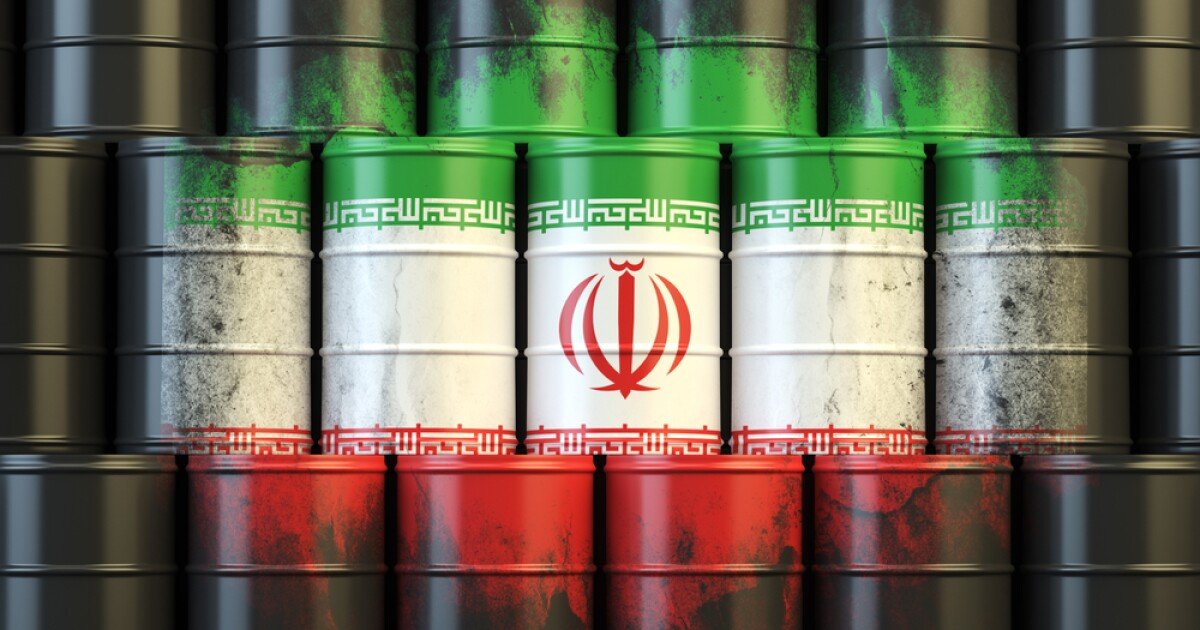Copyright © 2024 Energy Intelligence Group All rights reserved. Unauthorized access or electronic forwarding, even for internal use, is prohibited.
Published:
Thu, Jul 18, 2024

Maxx-Studio/Shutterstock
Iran’s newly elected reformist President, Masoud Pezeshkian, campaigned on a promise to try and get US sanctions lifted. That seems like a remote prospect, however, especially if Republican Donald Trump returns as US president next year. Iran’s oil exports have made a remarkable recovery since the sweeping sanctions that Trump imposed in 2018, with sales of crude and condensate hitting 1.7 million barrels per day in recent months, from close to zero. But new risks loom, such as weaker Chinese demand and a more hostile US administration, which threaten fresh problems for Iran and could halt future growth. Reflecting Iran’s apparent resilience, it recently overtook Nigeria and Kuwait to become the fourth-largest exporter of crude and condensate in Opec, according to Vortexa, which expects the 1.7 million b/d level it reached in May to continue in June. That is up from last year’s average of 1.4 million b/d, and represents nearly 10% of the crude and condensate exported last month by the 12 Opec countries combined, Vortexa data shows. Iran’s exports have been facilitated by its sanctions circumvention efforts, which include using a growing fleet of tankers that operate independently of Western shipping services, and the lax enforcement of US sanctions in a US election year.

